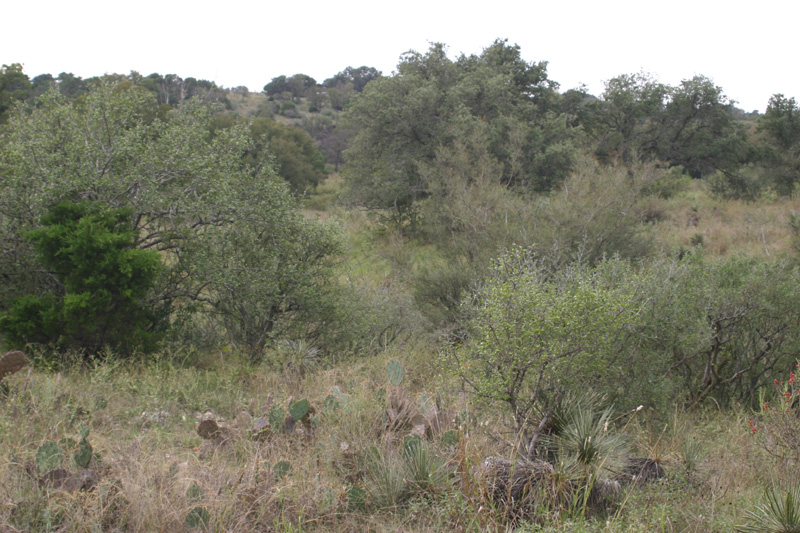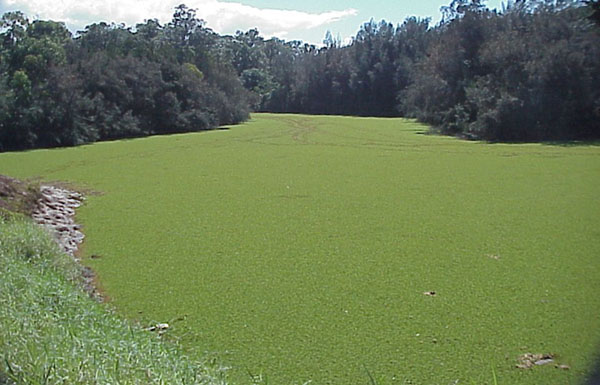We may have to discard some of the assumptions made regarding what we once thought about soil hydrology. It seems that water and soil to not act the way we though they did. This could have huge ramifications for modeling, as well as on the ground applications regarding ecosystems and wildlife management.
Researchers have discovered that some of the most fundamental assumptions about how water moves through soil in a seasonally dry climate will have to be reconsidered. A new study by scientists from Oregon State University and the Environmental Protection Agency showed — much to the surprise of the researchers — that soil clings tenaciously to the first precipitation after a dry summer, and holds it so tightly that it almost never mixes with other water! Continue reading Amazing New Research on Soil Hydrology


